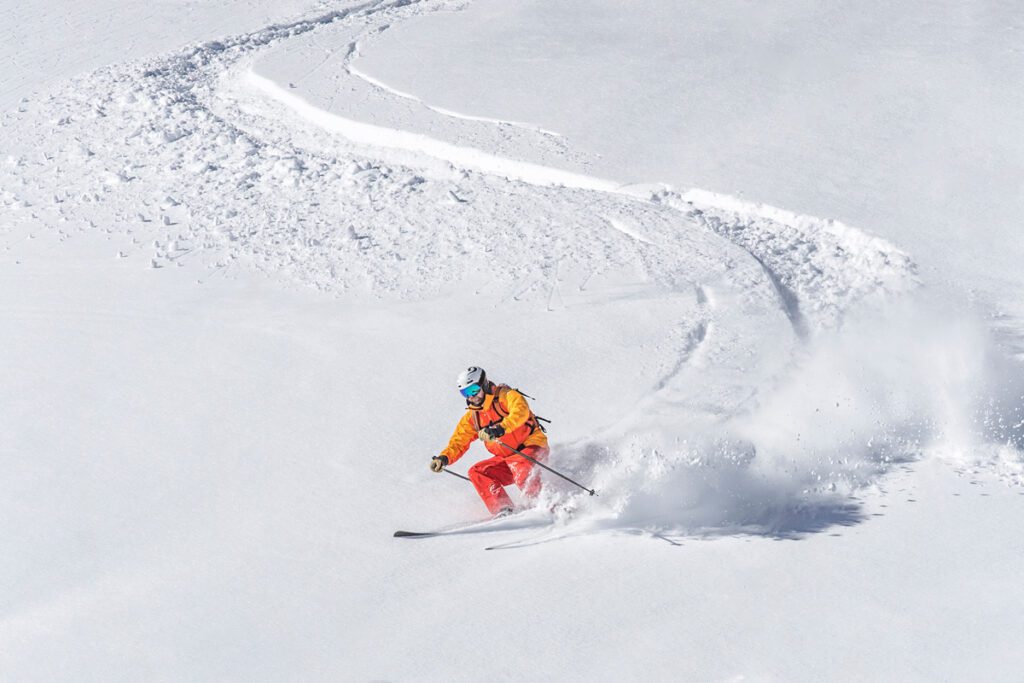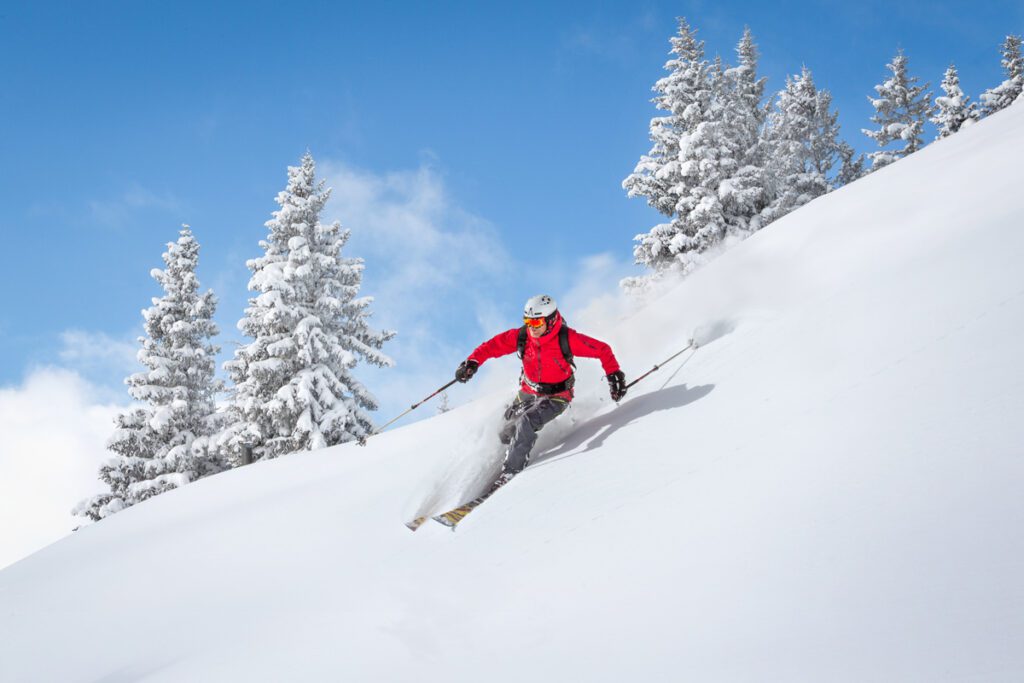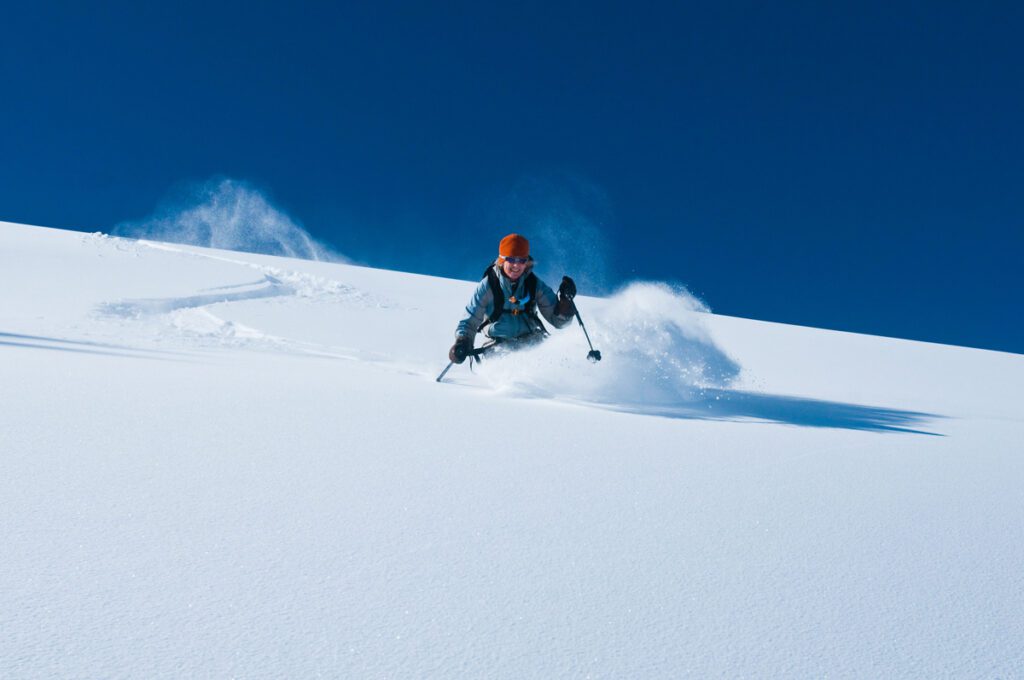Backcountry Skiing Is A Utopia For Thrill Seekers
Backcountry skiing is an exhilarating endeavor that combines the thrill of downhill skiing with the uncharted freedom of exploring untamed terrain. Unlike traditional skiing within the confines of groomed resorts, backcountry skiing opens up a world of adventure where untouched slopes and pristine landscapes become the canvas for adrenaline-pumping descents. This blog unravels the appeal of backcountry skiing and why it’s a paradise for those seeking the ultimate winter thrill.
The Allure of Backcountry Skiing
Beyond the well-maintained trails and chairlifts, backcountry skiing beckons enthusiasts to explore remote and wild landscapes. Backcountry skiing provides a liberating escape from the crowded resorts, offering enthusiasts a sense of solitude and tranquility. Away from the hustle and bustle, skiers find themselves immersed in the serenity of the mountains, forging a unique connection with nature that is both intimate and profound.

A connection with nature is a defining feature of backcountry skiing’s allure. The experience transcends the mechanical lifts and artificial structures, allowing skiers to become attuned to the natural world’s rhythms. Whether it’s the crisp mountain air, the panoramic vistas, or the untouched snow beneath their skis, backcountry enthusiasts find themselves immersed in an environment that fosters a profound connection with the elements. This communion with nature elevates the skiing experience, making each descent a harmonious dance with the mountain landscape.
Physical and mental endurance emerge as paramount factors in the backcountry equation. The ascent to untouched summits, often earned through sweat-inducing climbs, demands a level of fitness beyond that required for resort skiing. Mental fortitude is equally crucial as skiers navigate the unmarked terrain, making split-second decisions that can impact their safety and the success of the expedition. The combination of physical effort and mental acuity adds a layer of complexity that distinguishes backcountry skiing from its more conventional counterparts.
Essential Gear for Backcountry Skiing
Backcountry skiing requires more than just enthusiasm; it demands a careful selection of essential gear to ensure safety, comfort, and preparedness in the face of the wilderness. From specialized ski equipment to crucial safety gear, each item plays a pivotal role in the success and enjoyment of the backcountry experience. Skis designed for versatility, with lightweight construction and wider profiles, enable efficient movement in varied snow conditions. Additionally, bindings that allow for a transition between climbing and descending modes contribute to the adaptability required to navigate the diverse landscapes in the backcountry.
Equally crucial is the inclusion of safety gear designed to mitigate the inherent risks of backcountry skiing. Avalanche beacons, essential for locating individuals buried under snow in case of an avalanche, are a non-negotiable item. Paired with a shovel and probe, they form the trifecta of avalanche safety gear, empowering skiers to respond effectively to emergencies. These tools are not just accessories but lifelines in the unpredictable wilderness.
Comprehensive clothing and accessories round out the essential gear list. Layered clothing to adapt to changing temperatures, waterproof and breathable outerwear, and insulated gloves are paramount for comfort and protection against the elements. Additionally, backpacks designed for backcountry use provide storage for essentials such as water, food, and additional layers, ensuring skiers are well-equipped for their journey.
Safety First
The unparalleled freedom offered by uncharted terrain comes with inherent risks, making a comprehensive understanding of safety protocols, avalanche awareness, and emergency preparedness indispensable for enthusiasts venturing into the wilderness.
Avalanche awareness and education form the backbone of backcountry safety. Understanding the conditions that contribute to avalanches, recognizing warning signs, and assessing the avalanche risk are skills that can make the difference between a thrilling adventure and a perilous situation. Skiers must be equipped to interpret snowpack conditions and terrain features, minimizing the likelihood of encountering avalanche hazards.

Planning and preparedness are critical components of backcountry safety. Before setting out, skiers must meticulously plan their routes, considering weather forecasts, terrain considerations, and potential hazards. Informing others about the itinerary and expected return time is crucial, ensuring a safety net in case of unforeseen circumstances. Moreover, carrying essential items such as communication devices, navigation tools, and a first aid kit enhances preparedness for any eventuality.
The importance of training and skills cannot be overstated in pursuing backcountry skiing. Skiers must hone their skills in navigating diverse terrains, understanding snow conditions, and executing effective rescue techniques. Avalanche safety courses and wilderness first aid training equips enthusiasts with the knowledge to make intelligent decisions and respond effectively.
Best Backcountry Skiing in North America
For avid backcountry enthusiasts, North America offers a plethora world-class ski resorts that serve as gateways to unexplored wilderness. Here, we highlight five of the best destinations that beckon thrill-seekers with their diverse terrain, challenging slopes, and breathtaking vistas.
Jackson Hole, Wyoming
Perched in the heart of the Tetons, Jackson Hole is renowned for its steep and challenging terrain. Backcountry skiers can access iconic runs like Cody Peak and Granite Canyon, offering a perfect blend of adrenaline-inducing descents and stunning alpine scenery.
Revelstoke Mountain, British Columbia
Boasting some of the highest vertical drops in North America, Revelstoke is a haven for backcountry enthusiasts. With abundant snowfall and extensive backcountry access, skiers can explore the Selkirk and Monashee mountain ranges for an unparalleled adventure.
Taos Ski Valley, New Mexico
Taos is a unique backcountry destination with its high-altitude terrain and deep powder. The Kachina Bowl and West Basin provide skiers with challenging descents amid a striking Southwestern landscape.
Whistler Blackcomb, British Columbia
One of the largest ski resorts globally, Whistler Blackcomb offers exceptional resort skiing and a vast expanse of backcountry terrain. The Spearhead Traverse and Blackcomb Glacier provide backcountry enthusiasts with a playground of untouched powder.
Telluride, Colorado
Tucked in the San Juan Mountains, Telluride offers a blend of challenging backcountry terrain and captivating scenery. Palmyra Peak and the Bear Creek Preserve are coveted spots for skiers seeking steep descents and pristine alpine environments.

Backcountry Skiing Etiquette
As backcountry skiing gains popularity, it becomes imperative for enthusiasts to embrace a mindset of environmental stewardship, ensuring that the pristine landscapes that serve as their playgrounds are preserved for generations to come.
Central to environmental consciousness is the adherence to the principles of Leave No Trace. Backcountry skiers must strive to minimize their impact on the natural surroundings by packing out all waste, respecting wildlife habitats, and avoiding altering terrain. This commitment to leaving the wilderness untouched ensures that future generations can experience the same unspoiled beauty.
Sustainable practices extend beyond personal conduct to encompass broader initiatives. Supporting and participating in conservation efforts to preserve mountain ecosystems and wildlife habitats becomes a collective responsibility. Engaging with local environmental organizations, contributing to trail maintenance projects, and advocating for policies that protect backcountry areas are vital steps in fostering a harmonious relationship between outdoor enthusiasts and the environment.
Additionally, backcountry skiers should prioritize eco-friendly gear choices. Opting for equipment that aligns with sustainable practices contributes to reducing the overall ecological footprint of the backcountry skiing community. By making informed choices about gear, enthusiasts can align their passion for adventure with a commitment to environmental preservation.
How to Get Started
For those eager to embark on the exhilarating journey of backcountry skiing, the prospect may initially seem daunting. However, with proper guidance and preparation, enthusiasts can confidently step into the world of uncharted slopes.
Beginner’s Guide to Backcountry Skiing
- Start by honing your skiing skills in a resort setting. Proficiency in navigating various terrains and snow conditions is crucial before venturing into the backcountry.
- Take introductory courses in backcountry skiing and avalanche safety. Acquiring the skills and knowledge is paramount for a safe and enjoyable experience.
Find Suitable Locations
- Research and identify backcountry areas suitable for beginners. Look for locations with milder terrain, well-established routes, and lower avalanche risk.
- Consult experienced backcountry skiers, join online forums, and seek advice from local outdoor organizations to gather insights into beginner-friendly destinations.
Join Backcountry Communities
- Connect with local backcountry skiing communities. These groups often organize group outings, share valuable insights, and provide a supportive network for beginners.
- Attend workshops and events hosted by backcountry organizations to enhance your skills and knowledge further.
As you embark on your backcountry skiing journey, remember that preparation and education are essential. Respect for the environment, adherence to safety protocols, and a mindset of improving your skills will ensure that your foray into the backcountry is not only thrilling but also safe and sustainable. The backcountry community welcomes newcomers, and with the right foundation, you can start on an adventure that transcends the boundaries of traditional skiing.